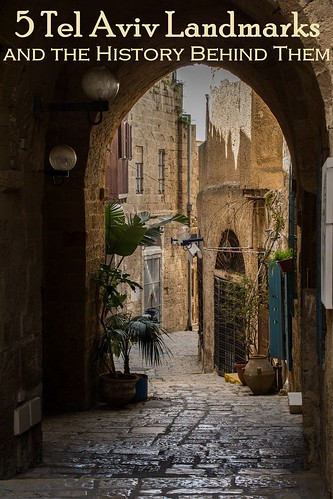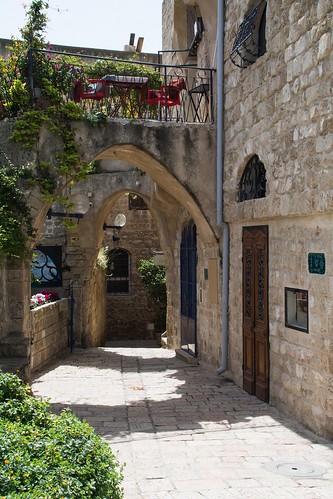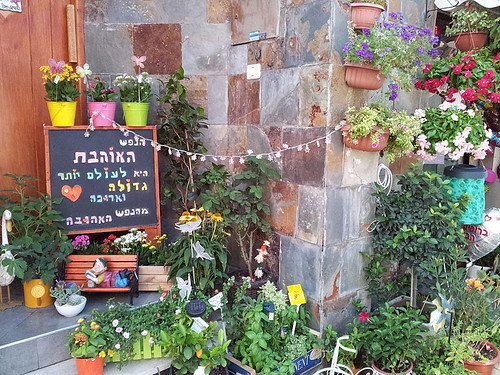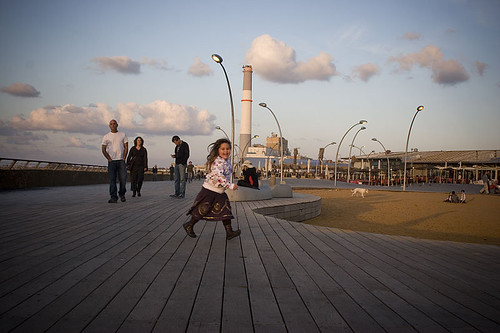Israel has much to offer curious visitors - from sacred and holy churches to buoyant city landscapes, there is a plethora of things that will intrigue and satisfy.
Tel Aviv is one of the many cities in Israel that will amaze you. It’s more than just the country’s financial center and technology hub. It has so much more to offer. The annual MasterCard Global Destination Cities Index once ranked the city as fifth among all the visited cities of the Middle East and Africa in 2012.
If you want to get to know Israel’s second largest city more, it’s best that you visit its landmarks and understand the history behind them.
Pin for later:

1. Jaffa Old City
Jaffa, Israel’s ancient port city, is located in southern and oldest part of Tel Aviv. People consider the city as the ‘Bride of the Sea’. According to its history, the city got its name from ‘Japeth, the son of Noah. He built the city after the great flood. Stories of Jonah, Peter, and other biblical characters also contribute to the city’s history. Jaffa is now famous for its restored buildings, art galleries, theaters, restaurants, and much more.

2. The Tayelet
This is the famous promenade or boardwalk along the Mediterranean Sea that runs for over 5km between Tel Aviv port and Jaffa. The Tayelet is well-known for offering great ocean views, cool sea breeze, and easy access to Tel Aviv beaches. The place is flat and well-paved, which feels good for every visitor.

Flickr cc: visitisrael
3. Neve Tzedek
This is a neighborhood in southwestern Tel Aviv that is quite similar to New York’s SoHo. Neve Tzedek literally means ‘Abode of Justice’. A group of Mizrahi Jewish families built the city outside Jaffa. That’s because Jaffa was already overcrowded at that time. Since the early 1980s, the neighborhood has managed to become one of the most fashionable, expensive, and sophisticated districts in Tel Aviv.

Photo Wikimedia Commons: יעל י
4. Old Tel Aviv Port Area
This is a commercial and entertainment district located in northwestern Tel Aviv. Israel considered the place as its which main freight terminal from the 1930s to 1960s. The dramatic transportation of Old Tel Aviv Port Area, also known as ‘Namal Tel Aviv’, started when its owner, Marine Trust company, appointed the architect Orna Angel. Since then, Namal has been attracting over 4.3 million of visitors.

Photo Wikimedia Commons: Meravh
5. The Tel Aviv Museum of Art
This is a home for both classical and contemporary art, especially the Israeli art. Originally, Tel Aviv Museum of Art was the house of the Tel Aviv first mayor, Meir Dizengoff. After the death of his wife Zina, the mayor decided to donate his house to the city...and even requested to make it as a museum.

Photo Wikimedia Commons: TijsB
Final Thoughts
Generally, Tel Aviv, as one the world’s most important financial center, possesses different kinds of architecture that reflect the powerful chapters of its history. If you’re already searching for flights to Tel Aviv, it’ll be great to plan visiting those landmarks, too. And, of course, there's always the sea...

Do you have a favorite historical landmark in Tel Aviv?
